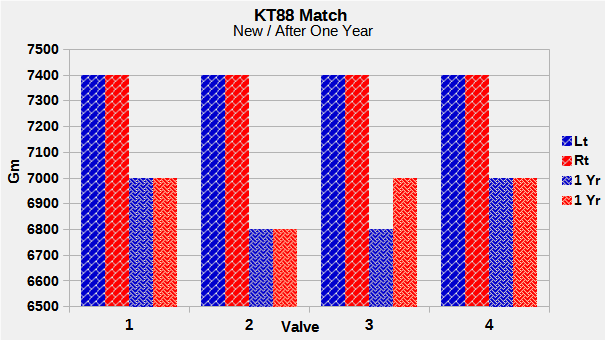@tattooedtrackman looking at the impedance curve measured by Stereophile on that speaker, I would seriously try the 8 Ohm taps as well. Most of the speaker's curve is well above 4 Ohms. There is a bit that is 4 ohms and slightly less in a limited range in the mid bass. The low bass is dominated by the cabinet resonance and is considerably higher. The lower the bass, the more energy. So I would try both taps and see what you think! You won't hurt anything.
FWIW dept.: Most tube amps can lose as much as an octave of low frequency response between the 8 Ohm and 4 Ohm tap. That is because on the 4 Ohm tap in a nutshell the output transformer is less efficient. It will actually run warmer too- that will be because of that inefficiency, some of the amplifier power is simply being converted to heat.
You'll find that 4 Ohm speakers are more sensitive to speaker cables too, especially on a tube amplifier. For this reason you want to keep the speaker cable as short as possible for best impact.
Amplifiers in general, tube, solid state and class D, make more distortion into lower impedances. So for transparency (since distortion obscures detail) its to your best interest to use a higher impedance speaker, all other things being equal (which they never are... but that's how amps behave FWIW).
Your speaker really isn't what I would call a 4 Ohm load though- not like a 4 Ohm Magnaplanar or the like. So you may not suffer all these ills. Try it on both taps and see which you like better. Make sure that the system has been on for at least an hour so warmup isn't affecting your impressions.


